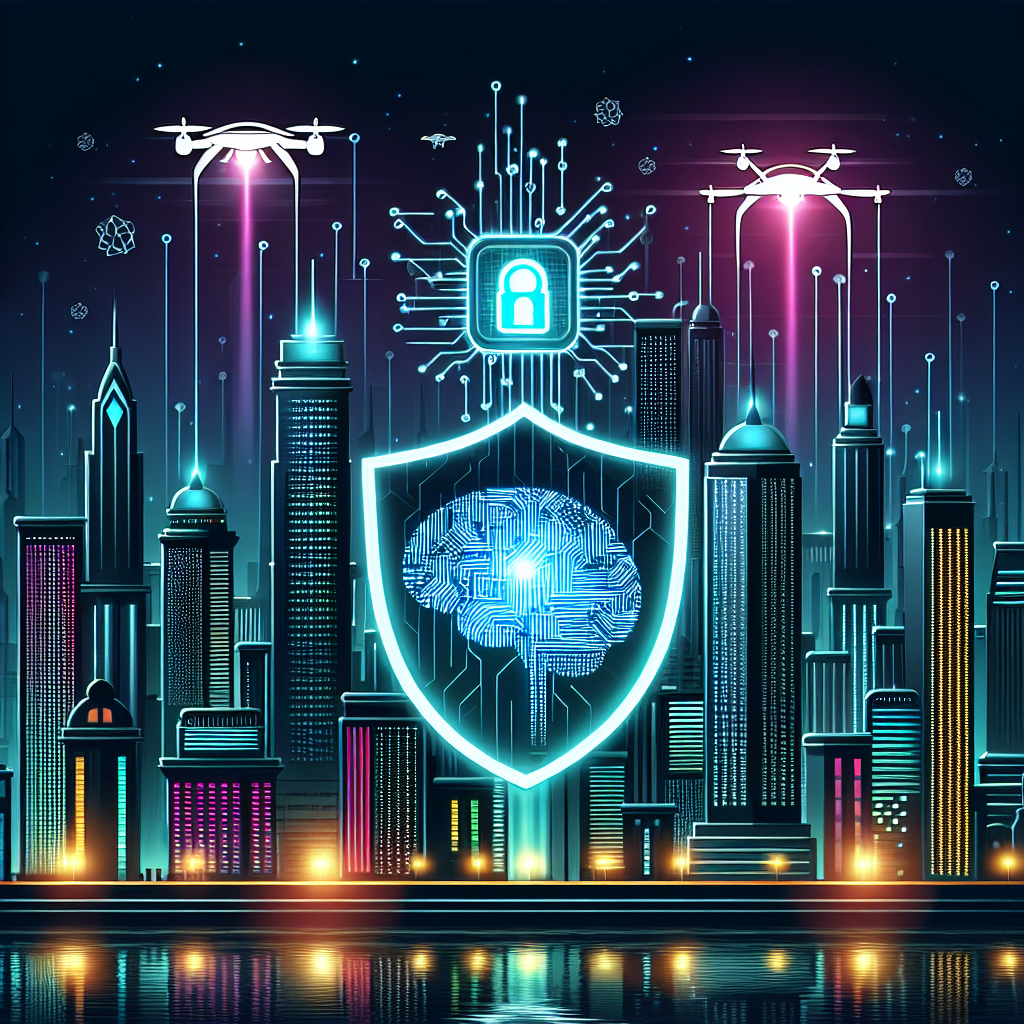In today’s digital age, the intersection of artificial intelligence (AI) and cybersecurity is becoming increasingly important. With the rise of cyber threats and attacks, organizations are turning to AI to help protect their networks and data. But what exactly is the intersection of AI and cybersecurity, and what do you need to know about it?
AI in Cybersecurity
AI is being used in cybersecurity in a variety of ways to help organizations defend against cyber threats. One of the main uses of AI in cybersecurity is in threat detection. AI algorithms can analyze vast amounts of data in real-time to identify potential threats and anomalies, allowing organizations to respond quickly and effectively to attacks.
AI can also be used in incident response, helping organizations automate and streamline the process of identifying and mitigating cyber attacks. By using AI-powered tools, organizations can respond to threats faster and more efficiently, reducing the impact of cyber attacks on their systems and data.
Another important use of AI in cybersecurity is in predictive analytics. AI algorithms can analyze historical data to identify patterns and trends that may indicate future cyber attacks. By using AI to predict potential threats, organizations can take proactive measures to protect their systems and data before an attack occurs.
Challenges of AI in Cybersecurity
While AI offers many benefits in cybersecurity, there are also challenges that organizations must address when implementing AI-powered security solutions. One of the main challenges is the potential for AI algorithms to be manipulated or deceived by cyber attackers. Hackers can use techniques such as adversarial attacks to trick AI algorithms into making incorrect decisions, potentially leading to security breaches.
Another challenge is the lack of transparency in AI algorithms. Many AI algorithms operate as black boxes, meaning that their decision-making processes are not easily understandable or explainable. This lack of transparency can make it difficult for organizations to trust the decisions made by AI-powered security systems.
Furthermore, there is a shortage of cybersecurity professionals with the skills and knowledge to effectively implement and manage AI-powered security solutions. Organizations must invest in training and education to ensure that their teams have the expertise needed to successfully leverage AI in cybersecurity.
What You Need to Know
When it comes to the intersection of AI and cybersecurity, there are several key points that organizations should keep in mind:
1. AI is not a silver bullet: While AI can help organizations improve their cybersecurity defenses, it is not a one-size-fits-all solution. Organizations must still implement a multi-layered security strategy that includes other tools and technologies to protect against cyber threats.
2. Collaboration is key: To effectively leverage AI in cybersecurity, organizations must collaborate with vendors, partners, and other stakeholders to share threat intelligence and best practices. By working together, organizations can strengthen their defenses and respond more effectively to cyber attacks.
3. Compliance and regulations: Organizations must also consider compliance and regulatory requirements when implementing AI-powered security solutions. It is important to ensure that AI algorithms comply with relevant laws and regulations, such as data privacy and security standards.
4. Continuous monitoring and evaluation: AI algorithms must be continuously monitored and evaluated to ensure that they are effectively detecting and mitigating cyber threats. Organizations must regularly review and update their AI-powered security systems to stay ahead of evolving cyber threats.
FAQs
Q: Can AI completely replace human cybersecurity professionals?
A: While AI can automate certain cybersecurity tasks and processes, it cannot completely replace human cybersecurity professionals. Human expertise is still essential for strategic decision-making, threat analysis, and incident response.
Q: How can organizations ensure the security and integrity of AI algorithms?
A: Organizations can implement best practices such as data encryption, secure coding practices, and regular vulnerability assessments to protect the security and integrity of AI algorithms. It is also important to monitor and audit AI algorithms to detect any potential vulnerabilities or malicious activity.
Q: What are the ethical considerations of using AI in cybersecurity?
A: Organizations must consider ethical considerations such as privacy, transparency, and accountability when using AI in cybersecurity. It is important to ensure that AI algorithms are used responsibly and ethically to protect the rights and interests of individuals and organizations.
Q: How can organizations address the skills gap in AI and cybersecurity?
A: Organizations can address the skills gap by investing in training and education for their cybersecurity teams. By providing opportunities for professional development and upskilling, organizations can build the expertise needed to effectively implement and manage AI-powered security solutions.
In conclusion, the intersection of AI and cybersecurity offers many opportunities for organizations to enhance their cybersecurity defenses and protect against cyber threats. By understanding the benefits, challenges, and best practices of using AI in cybersecurity, organizations can leverage AI to strengthen their security posture and defend against evolving cyber threats.

